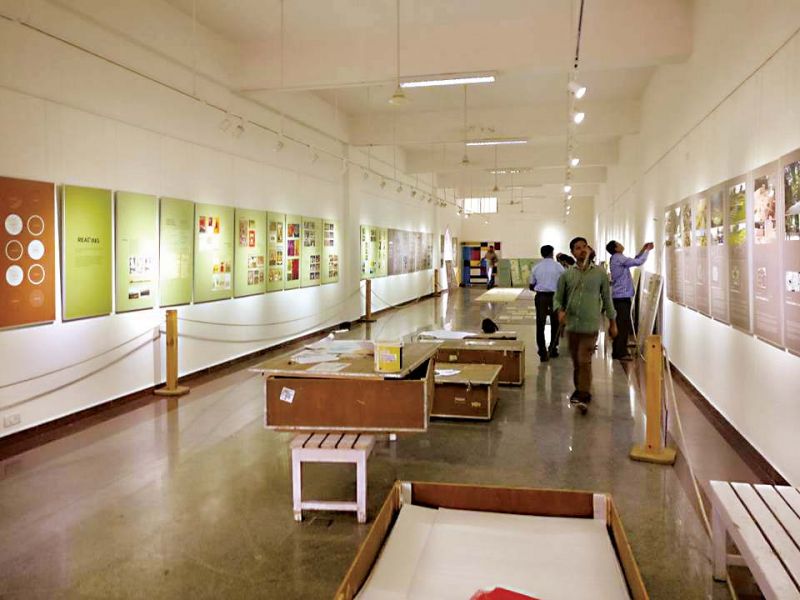The poetics of space: Of nature and landscapes

“These trees are magnificent, but even more magnificent is the sublime and moving space between them, as though with their growth it too increased," said the poet Rainer Maria Rilke, who found mention in Gaston Bachelard's iconic The Poetics of Space. And in today's troubled times, as development is pitted constantly against the rise and sway of personal, cultural heritage, these tranquil interludes of awareness and introspection become even more important. Tracing Narratives, a travelling show that began as an initiative of Landscape Environment Advancement Foundation (LEAF), Ahmedabad, attempts to do just that during its week here in Bengaluru as part of a country-wide tour.
The exhibition, which is now in its ninth city, explores the history of landscape design in India, from the Nishat Bagh, in Srinagar, build during the reign of Jehangir to curated green spaces like the Vrindavan Gardens. Tracing Narratives - The Indian Landscape is significant because this is the first time the narrative of Indian landscape has been captured in an exhibition and book format. We have books that tend towards taxonomies of horticulture and we have journal articles, but this is different. The documentation is rigorous, thoughtful and poetic." As Nina Chandavarkar, Architect from the School of Planning and Architecture, New Delhi, It will, she hopes, build awareness among the public about "landscape, history, heritage and contemporary Indian gardens."
 Glimpses of Tracing Narratives at Rangoli Metro Art Centre, M.G. Road, Bengaluru.
Glimpses of Tracing Narratives at Rangoli Metro Art Centre, M.G. Road, Bengaluru.
Tracing Narratives is perhaps the culmination of decades of research by Professor Prabhakar Bhagwat, founder, LEAF. He began as a garden apprentice when he was 15 years old, back in the early 1940s, at the Empress Botanical Gardens in PUne, where his father, Bhalchandra V. Bhagwat, served as Superintendent at the time. He went on to establish the first landscape programme at Kharagpur in the 1950s, making immense contributions to a field that had been more or less uncharted in India. "What you see as an exhibition is about 30 years of research by Professor Bhagwat and the work by young researchers at the Foundation who put it all together," explained Ishita Shah, Coordinator, UNESCO Chair & Srishti Institute of Art, Design and Technology.
Comprising nine sections, the exhibition in its essence, traces the history of landscape design in India as it tries create dialogues between spaces. "Tracing Narratives is an exhibition which is travelling all over India in the context of rapid development, reminds us of our equal responsibility to Nature. It brings together our traditional knowledge and our contemporary practices," said Chandavarkar.
The event has been put together by the UNESCO Chair at Srishti Institute of Art, Design and Technology, brought to the city in part due to its identity as a city of (fast depleting) lakes and gardens. "Landscape design is offten associated with a building or a house, but the scale of the work we do is much larger. It requires a detailed understanding of soil quality and topography, which means a sample size of atleast three-kilometres. It's best seen in terms of larger ecosystems or through the lens of urban planning," said Shah. "The latter has been limited to a few professionals, but the larger the eco-system, the more essential it becomes. Natural environment, can't after all, be seen in isolation from the ubran environment. And it starts with an awareness of your immediate surroundings."
What: Tracing Narratives- The Indian Landscape
When: August 24 to September 3
Where: Rangoli Metro Art Centre, M.G. Road

